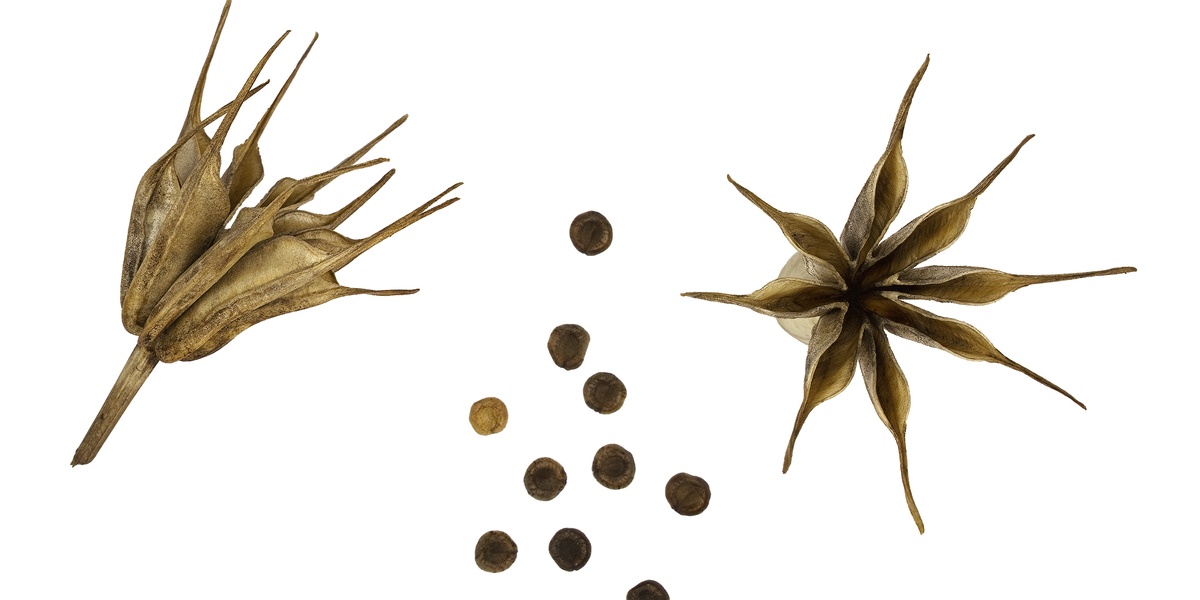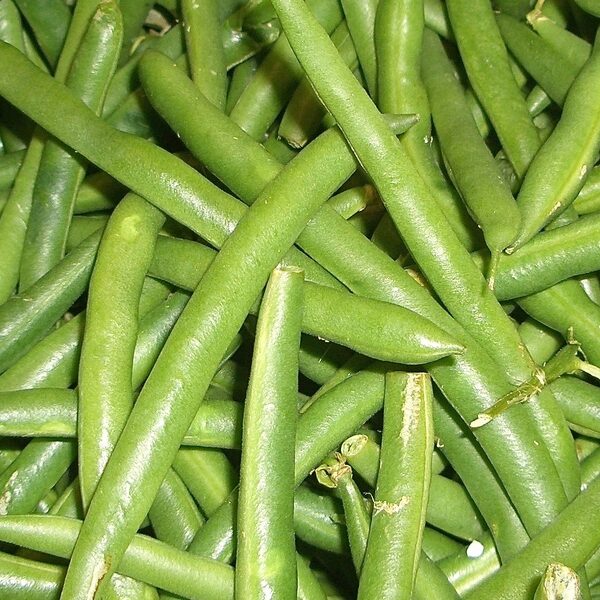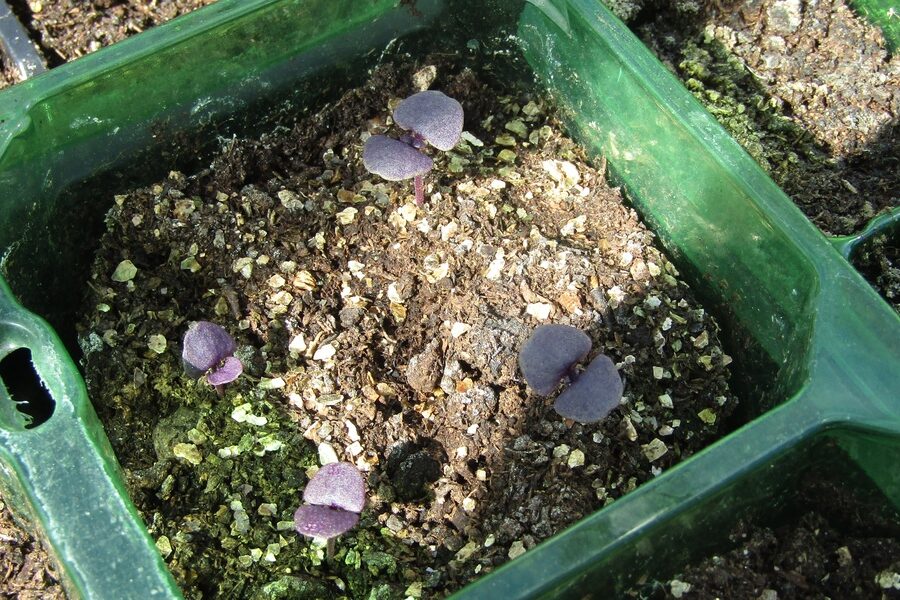From spice markets to coastal plains and backyard apothecaries, dark-toned botanicals show up in kitchens, perfumeries and traditional medicine across many cultures. Their deep aromas and earthy pigments make them easy to spot in blends, and they often bring both flavor and functional compounds prized by cooks and herbalists.
There are 20 black herbs, ranging from Black Cardamom to Vetiver. For each, you’ll find below Scientific name, Region, Primary uses (max 15 words), Description (30–50 words) to help you compare origin, function and quick identification—you’ll find below the full list organized that way.
How are these herbs typically used in cooking and remedies?
Many serve dual roles: as spices or flavor bases in savory and sweet dishes, and as ingredients in teas, tinctures or topical preparations. Seeds and roots often add smoky, resinous notes; leaves and oils are used for aroma and mild medicinal effects like digestion support or calming blends.
How can I identify and store authentic specimens?
Look for distinctive smells, seed or leaf shapes and trusted suppliers; whole forms preserve aroma longer than ground. Store in airtight containers, away from light and heat, and label with source and date to maintain potency and safety.
Black Herbs
| Name | Scientific name | Region | Primary uses (max 15 words) | Description (30–50 words) |
|---|---|---|---|---|
| Black Cohosh | Actaea racemosa | Eastern North America | Supports menopause relief, hormonal balance, and menstrual cramps. | The dark, gnarled root is used. A popular herb for women’s health, but should be avoided during pregnancy and used with professional guidance. Sourced from cultivated or wild-harvested plants. |
| Black Seed | Nigella sativa | Southwest Asia, Middle East | Immune support, anti-inflammatory, respiratory health, and culinary spice. | Also known as black cumin, its small black seeds are pressed for oil or used whole. Revered for thousands of years in traditional medicine. Widely available from spice and health suppliers. |
| Black Elderberry | Sambucus nigra | Europe, North America | Immune-boosting for colds and flu, rich in antioxidants. | The deep purple-black berries are famously made into syrups, gummies, and teas. Raw berries and other plant parts are toxic and must be cooked before consumption. Easily grown or foraged. |
| Black Walnut | Juglans nigra | Eastern North America | Antiparasitic, antifungal, and skin conditions; used as a dark dye. | The green hull surrounding the nut turns black and is used to make potent extracts. Can stain skin and surfaces. Use with caution and for short durations. |
| Black Horehound | Ballota nigra | Europe, Central Asia | Relieves nausea, motion sickness, and vomiting; acts as a mild sedative. | A perennial herb with a strong, unpleasant scent. It is not related to white horehound. Generally considered safe but should be avoided in pregnancy. Found in herbal apothecaries. |
| Black Pepper | Piper nigrum | India, Southeast Asia | Culinary spice, stimulates digestion, enhances nutrient absorption. | The world’s most traded spice. The fruit, or peppercorn, is dried to produce the pungent, black spice we know. Sourced globally from tropical regions where the vine is cultivated. |
| Black Mustard | Brassica nigra | Europe, Asia | Culinary spice for making mustard; poultice for chest congestion and aches. | The tiny, potent black seeds are ground to make traditional mustards. Plasters can cause skin irritation or burns if left on too long. Available as whole seeds in most spice markets. |
| Black Haw | Viburnum prunifolium | Eastern North America | Reduces menstrual cramps, uterine antispasmodic, threatened miscarriage. | The bark of this shrub has properties similar to cramp bark. It was traditionally used by Indigenous peoples and in Eclectic medicine. Source from reputable herbal suppliers to ensure quality. |
| Black Tea | Camellia sinensis | East Asia | Beverage, mental stimulant, rich in antioxidants. | While from the same plant as green tea, its black color comes from full oxidation during processing. Contains caffeine. It is one of the most consumed beverages in the world, sourced globally. |
| Black Sesame Seed | Sesamum indicum | Africa, India | Culinary use; nourishes liver and kidneys in TCM; supports bone health. | These unhulled seeds have a richer, nuttier flavor than their white counterparts. A staple in Asian cuisine and medicine, they are a good source of calcium. Widely available in grocery stores. |
| Black Cardamom | Amomum subulatum | Eastern Himalayas | Smoky-flavored culinary spice for savory dishes; digestive aid. | Larger than green cardamom, these dark brown-black pods are dried over an open fire, giving them a distinct smoky aroma. A key ingredient in Indian and Sichuan cuisines. Sourced from specialty spice shops. |
| He Shou Wu | Polygonum multiflorum | China | TCM anti-aging tonic, supports hair health and vitality. | Also called Fo-Ti. The ‘prepared’ root is black and is a famed longevity herb. The unprocessed root is a laxative. Proper preparation is critical for safety and efficacy; buy from trusted TCM suppliers. |
| Black Hellebore | Helleborus niger | Europe, Western Asia | Historically used for mental conditions; highly toxic. | Known as the Christmas Rose. Despite its history in European folk medicine, this plant is extremely poisonous and cardiotoxic. Its use is not recommended for any internal or external application. |
| Chia Seed | Salvia hispanica | Mexico, Guatemala | Source of omega-3s, fiber, and protein; culinary thickener. | These small black and white seeds form a gel when mixed with liquid. A modern superfood with ancient Aztec and Mayan roots. Sourced from major food retailers and health stores worldwide. |
| Vetiver | Chrysopogon zizanioides | India | Grounding aromatherapy, cooling skin applications, perfumery. | The plant’s dark, fibrous, and deeply aromatic roots produce a prized essential oil. Known as the “oil of tranquility,” it is valued in natural perfumery and for its calming effects. |
| Burdock Root | Arctium lappa | Europe, Asia | Blood purifier, supports liver function and clear skin. | The long, slender taproot is dark brown to black on the outside. It’s a popular detoxifying herb in Western and Asian traditions and is also eaten as a root vegetable (gobo). |
| Devil’s Claw | Harpagophytum procumbens | Southern Africa | Anti-inflammatory for joint pain, arthritis, and back pain. | Named for its hooked fruit, the dark, dried secondary tuber is the part used medicinally. It’s a well-researched herb for pain relief. Should be avoided during pregnancy. |
| Black Cherry | Prunus serotina | North America | Cough suppressant, sedative for irritating coughs, flavoring agent. | The dried inner bark of the wild black cherry tree is a traditional ingredient in cough syrups. Use with caution, as other parts of the plant contain cyanogenic glycosides. |
| Black Mulberry | Morus nigra | Southwest Asia | Antioxidant-rich fruit; leaf tea may help regulate blood sugar. | The dark purple-black fruit is a delicious food and medicine, used to make jams and wines. In traditional medicine, it is used to nourish the blood. Often grown in home gardens. |
| Poppy Seed | Papaver somniferum | Mediterranean, Asia | Culinary use in baking and cooking; source of minerals. | The tiny, kidney-shaped seeds are often slate-blue or black. Culinary seeds are harvested from specific cultivars and have negligible opioid content, making them safe for food use. Found in spice aisles. |
Images and Descriptions
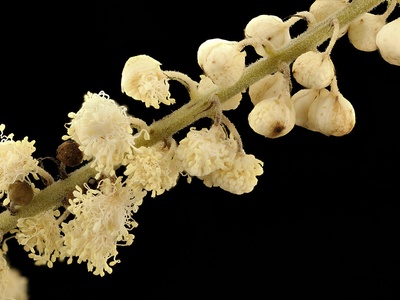
Black Cohosh
The dark, gnarled root is used. A popular herb for women’s health, but should be avoided during pregnancy and used with professional guidance. Sourced from cultivated or wild-harvested plants.
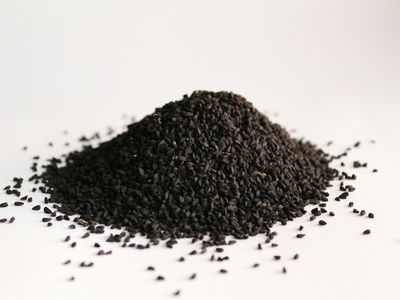
Black Seed
Also known as black cumin, its small black seeds are pressed for oil or used whole. Revered for thousands of years in traditional medicine. Widely available from spice and health suppliers.
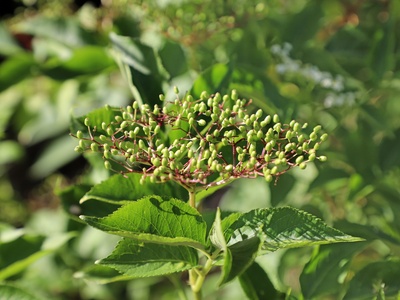
Black Elderberry
The deep purple-black berries are famously made into syrups, gummies, and teas. Raw berries and other plant parts are toxic and must be cooked before consumption. Easily grown or foraged.
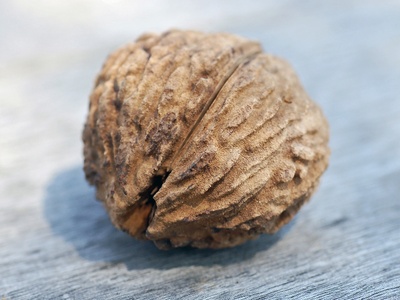
Black Walnut
The green hull surrounding the nut turns black and is used to make potent extracts. Can stain skin and surfaces. Use with caution and for short durations.
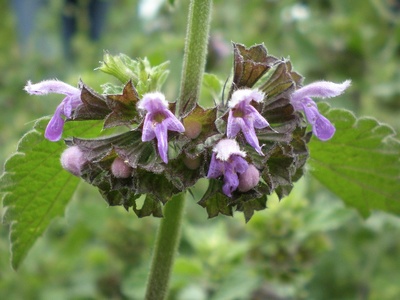
Black Horehound
A perennial herb with a strong, unpleasant scent. It is not related to white horehound. Generally considered safe but should be avoided in pregnancy. Found in herbal apothecaries.
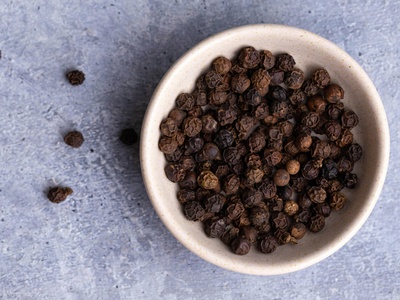
Black Pepper
The world’s most traded spice. The fruit, or peppercorn, is dried to produce the pungent, black spice we know. Sourced globally from tropical regions where the vine is cultivated.
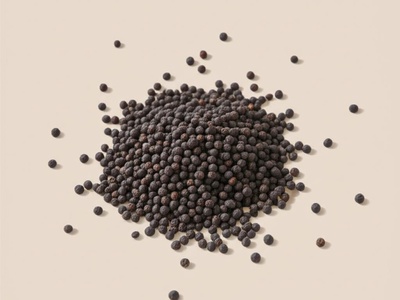
Black Mustard
The tiny, potent black seeds are ground to make traditional mustards. Plasters can cause skin irritation or burns if left on too long. Available as whole seeds in most spice markets.
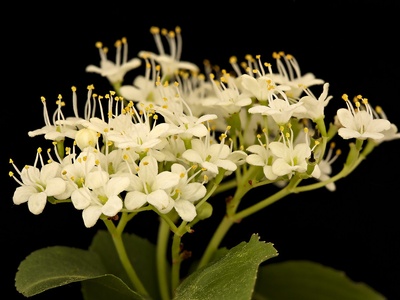
Black Haw
The bark of this shrub has properties similar to cramp bark. It was traditionally used by Indigenous peoples and in Eclectic medicine. Source from reputable herbal suppliers to ensure quality.
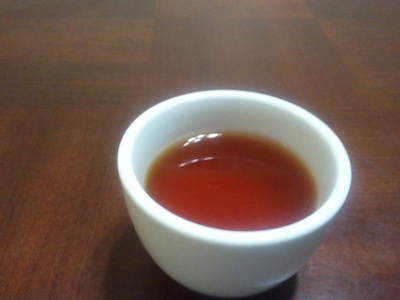
Black Tea
While from the same plant as green tea, its black color comes from full oxidation during processing. Contains caffeine. It is one of the most consumed beverages in the world, sourced globally.
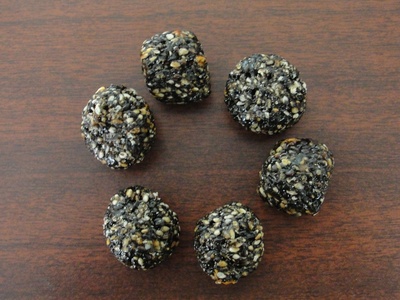
Black Sesame Seed
These unhulled seeds have a richer, nuttier flavor than their white counterparts. A staple in Asian cuisine and medicine, they are a good source of calcium. Widely available in grocery stores.
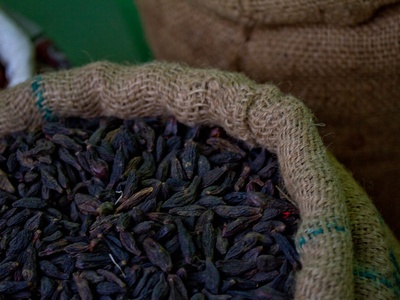
Black Cardamom
Larger than green cardamom, these dark brown-black pods are dried over an open fire, giving them a distinct smoky aroma. A key ingredient in Indian and Sichuan cuisines. Sourced from specialty spice shops.
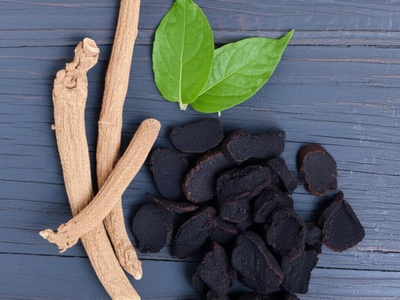
He Shou Wu
Also called Fo-Ti. The ‘prepared’ root is black and is a famed longevity herb. The unprocessed root is a laxative. Proper preparation is critical for safety and efficacy; buy from trusted TCM suppliers.
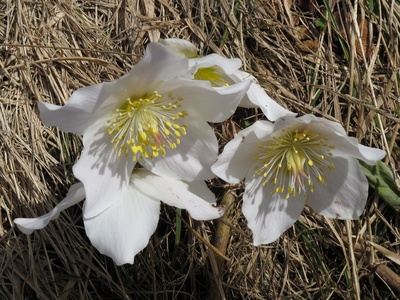
Black Hellebore
Known as the Christmas Rose. Despite its history in European folk medicine, this plant is extremely poisonous and cardiotoxic. Its use is not recommended for any internal or external application.
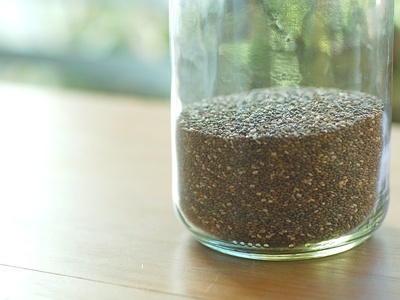
Chia Seed
These small black and white seeds form a gel when mixed with liquid. A modern superfood with ancient Aztec and Mayan roots. Sourced from major food retailers and health stores worldwide.
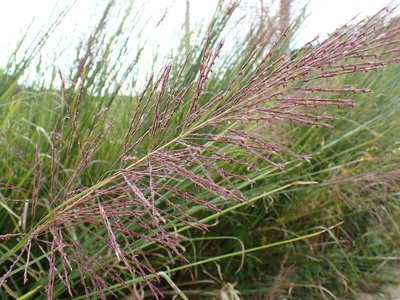
Vetiver
The plant’s dark, fibrous, and deeply aromatic roots produce a prized essential oil. Known as the “oil of tranquility,” it is valued in natural perfumery and for its calming effects.
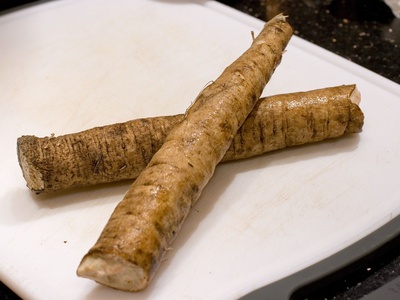
Burdock Root
The long, slender taproot is dark brown to black on the outside. It’s a popular detoxifying herb in Western and Asian traditions and is also eaten as a root vegetable (gobo).
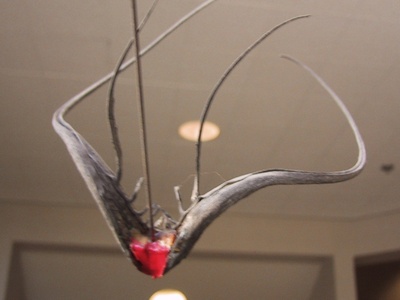
Devil’s Claw
Named for its hooked fruit, the dark, dried secondary tuber is the part used medicinally. It’s a well-researched herb for pain relief. Should be avoided during pregnancy.
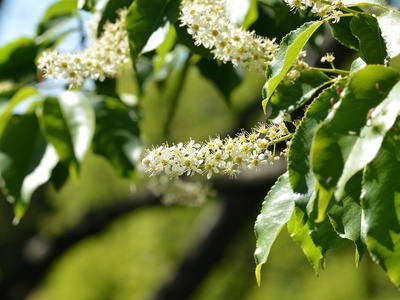
Black Cherry
The dried inner bark of the wild black cherry tree is a traditional ingredient in cough syrups. Use with caution, as other parts of the plant contain cyanogenic glycosides.
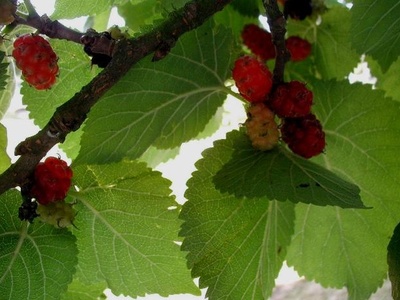
Black Mulberry
The dark purple-black fruit is a delicious food and medicine, used to make jams and wines. In traditional medicine, it is used to nourish the blood. Often grown in home gardens.
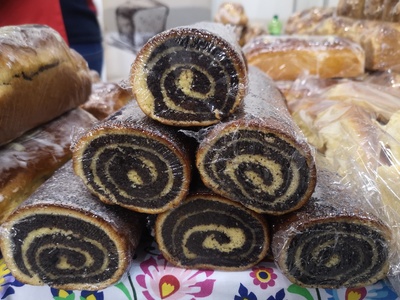
Poppy Seed
The tiny, kidney-shaped seeds are often slate-blue or black. Culinary seeds are harvested from specific cultivars and have negligible opioid content, making them safe for food use. Found in spice aisles.
